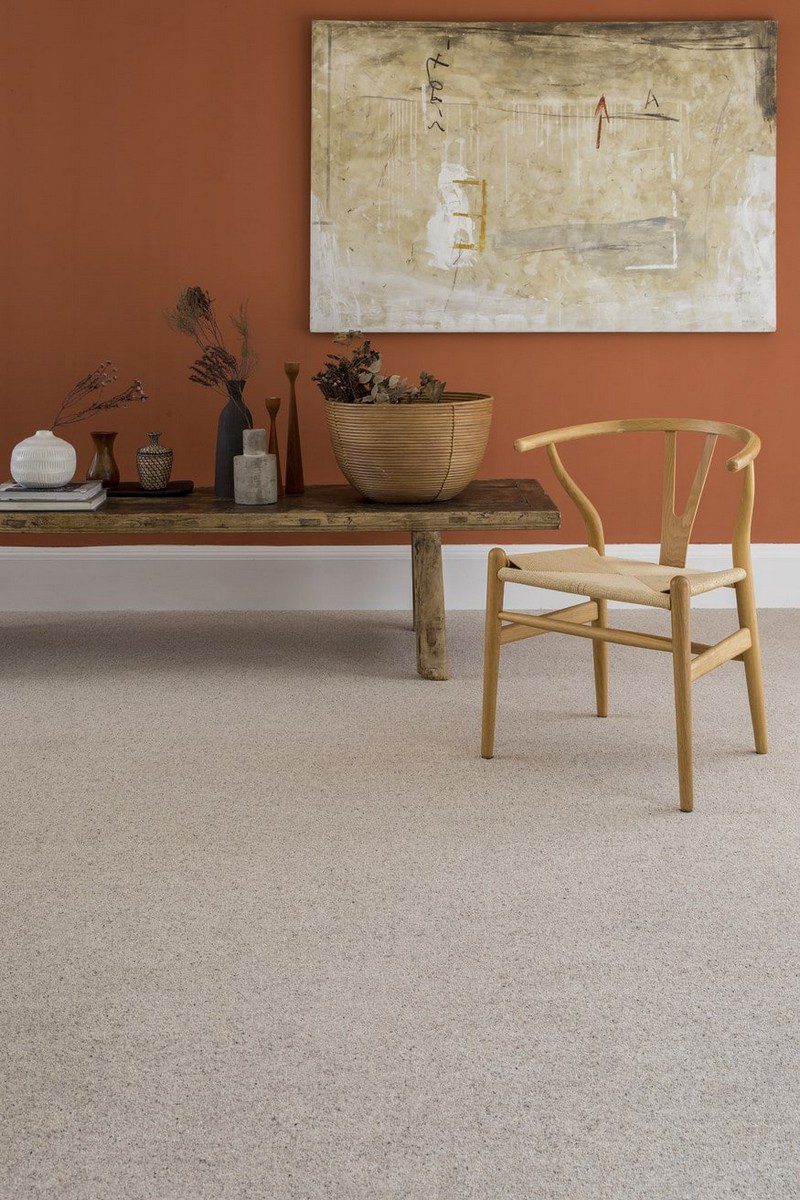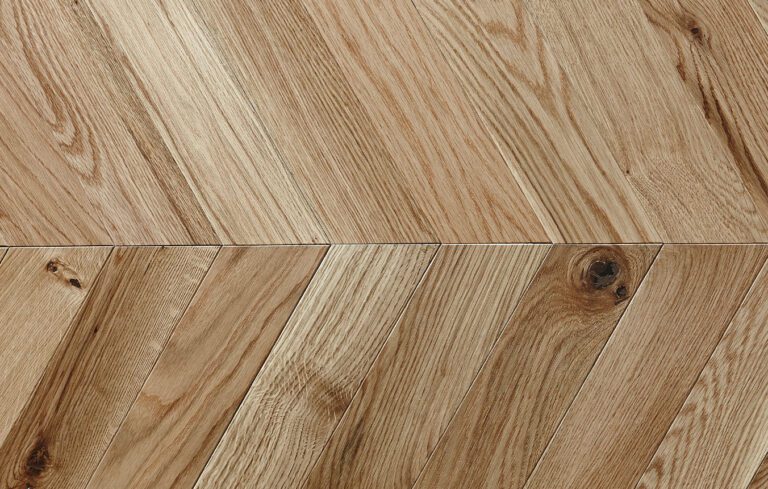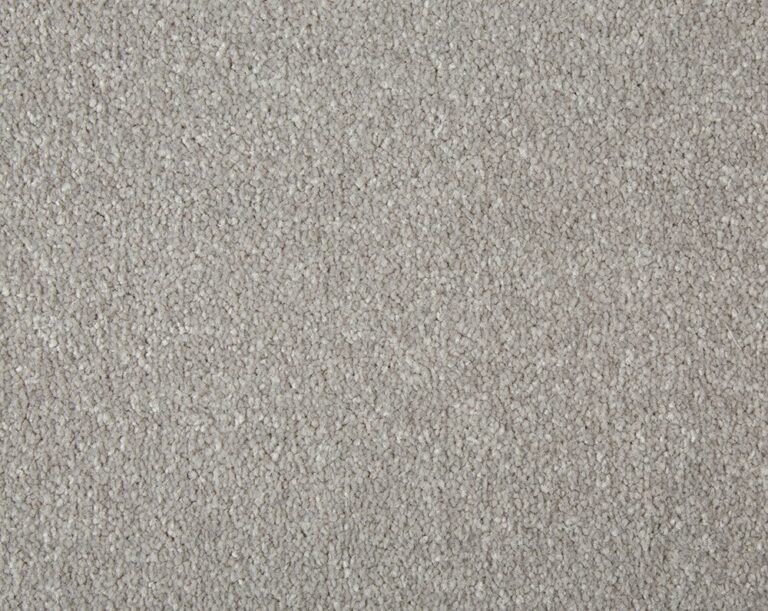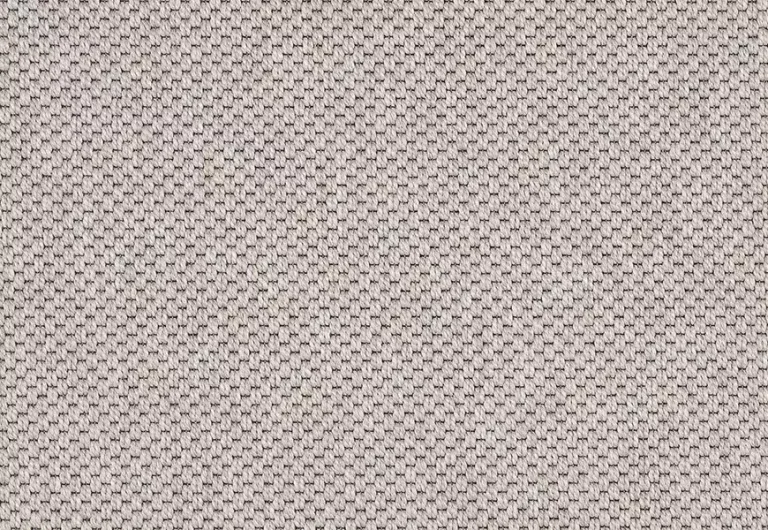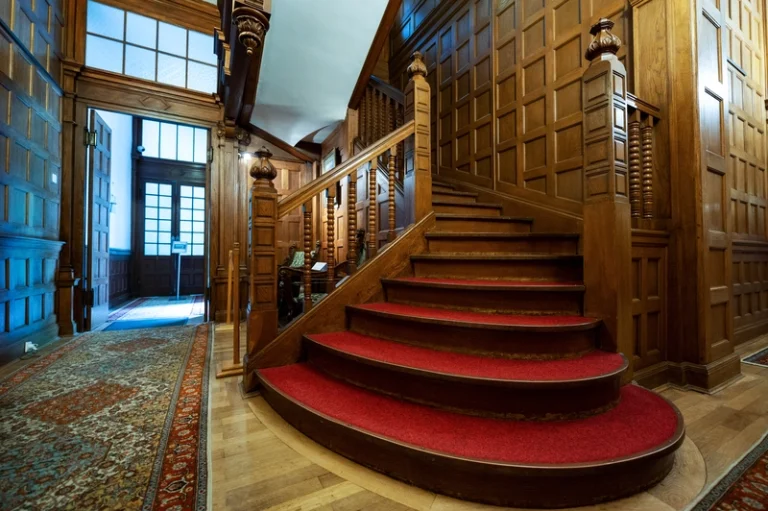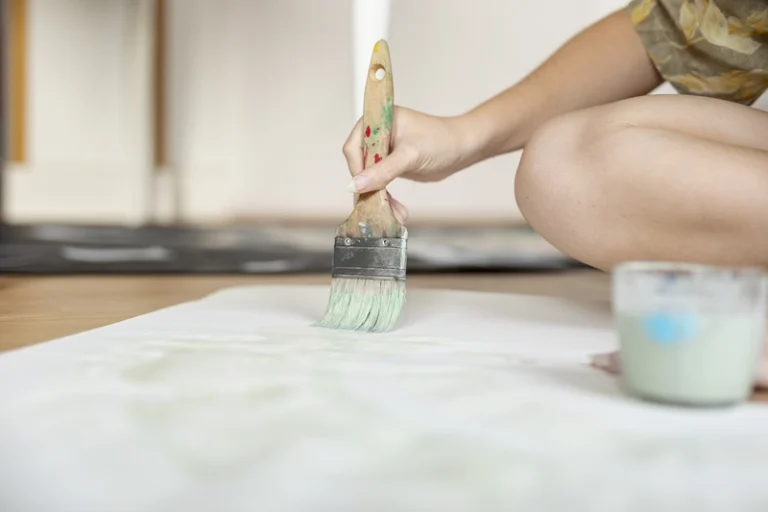Looking to enhance the comfort, durability, and longevity of your carpets? Understanding the importance of underlay for carpets is crucial.
We explore the different types of underlays available, including foam, rubber, felt, and cork options. Discover the best underlay for carpets that are suited for your specific carpet needs, considering factors such as comfort, durability, insulation, and eco-friendliness.
Find out the recommended thickness for different types of carpets and which underlays are suitable for residential, commercial, and high-traffic areas.
What Is an Underlay for Carpet?
An underlay for a carpet is a layer of cushioning placed beneath the carpet, designed to enhance comfort, extend the carpet’s lifespan, and provide various benefits that make it an essential component for homeowners looking for high-quality flooring solutions.
Why Do You Need an Underlay for Carpet?
Using an underlay for carpet tiles is vital because it provides thermal insulation, helps reduce energy bills, offers soundproofing, and enhances underfoot softness and cosiness, contributing to a more comfortable living environment.
Energy efficiency is a significant advantage of carpet underlays. By providing thermal insulation, underlay helps retain heat, reducing the need for constant heating, which ultimately lowers your energy consumption and saves you money on bills.
The soundproofing properties of underlay create a peaceful indoor environment by absorbing noise and preventing sound transmission from footsteps or other sources. This not only enhances your overall comfort but also adds a sense of tranquillity to your living spaces.
The Different Types of Underlays for Carpet
Various types of underlay for carpets, each offering unique properties and benefits, including PU foam, rubber underlay, felt underlay, and combination underlay, catering to different needs and preferences.
1. Foam Underlay
Foam underlay, particularly PU foam, is known for its exceptional underfoot softness and thermal properties, making it an excellent choice for luxury vinyl tiles and other types of flooring.
Along with providing a comfortable walking surface, PU foam underlay also acts as a thermal insulator, helping to retain heat in a room and reduce energy costs. The cushioning effect of the foam can absorb impact from foot traffic, reducing wear on the flooring above and extending its lifespan. This underlay is versatile and can be used with a variety of flooring types, including laminate, engineered wood, and carpet, offering consistent support and comfort throughout the space.
2. Rubber Underlay
Rubber underlay is highly durable and offers excellent moisture resistance, making it a popular choice for areas where durability and these specific properties are essential.
One of the key advantages of rubber underlay is its ability to withstand heavy foot traffic and maintain its shape over time, ensuring long-lasting performance.
The moisture-resistant properties of rubber underlay make it an ideal choice for environments prone to dampness, such as basements, kitchens, and bathrooms, where protection against mould and mildew is crucial.
The durability of rubber underlay also enhances the lifespan of the flooring above it, providing added protection against wear and tear, reducing the need for frequent replacements or repairs.
3. Felt Underlay
Felt underlay is praised for its insulation and support, as well as being an environmentally friendly option for those looking to make sustainable choices in their flooring solutions.
One of the key benefits of using felt underlay is its exceptional ability to provide excellent insulation, helping to keep rooms warm in colder months and cool during summer, creating a comfortable living environment.
Moreover, felt underlay offers remarkable support underfoot, enhancing the overall comfort and longevity of your flooring. It helps to cushion footsteps, reducing noise levels and adding a plush feel to carpets or laminate flooring.
Another advantage of incorporating felt underlay is its eco-friendly nature. Made from sustainable materials, such as recycled fibres, it contributes to a greener living space and reduces environmental impact.
4. Cork Underlay
Cork underlay is a natural and eco-friendly option known for its excellent acoustic properties, making it an ideal choice for those seeking a sustainable and quiet flooring solution.
One of the standout benefits of cork underlay is its versatility in installation. Whether you have hardwood, laminate, or tile flooring, cork underlay provides a consistent and durable base that helps enhance the longevity of your floors.
Its natural composition means that it is biodegradable, making it an attractive option for eco-conscious homeowners looking to reduce their carbon footprint. The inherent properties of cork provide thermal insulation, ensuring your space remains cosy and energy-efficient.
5. Combination Underlay
Combination underlay typically contains a layer of crumb rubber and a layer of wool felt, offering a balance between durability and comfort. It is particularly advantageous in high traffic areas, but can also be used in other areas where both resilience and comfort are desired.
In summary, combination underlay is a highly resilient option that provides superior thermal and acoustic insulation as well as a comfortable walking surface. Its versatility makes it suitable for various applications, both residential and commercial, where a balance between durability and comfort is desired.
Best Underlay for Carpet Options
Determining the best type of underlay for a carpet depends on various factors, but some of the top choices include Cloud 9 Charleston 11 10mm Underlay, Cloud 9 Cumulus 11mm Underlay and Cosy 6 15mm Underlay, each offering unique benefits tailored to different needs.
a. Foam Underlay: Best for Comfort and Sound Absorption
Foam underlays, particularly those made of Polyurethane, are best for providing high comfort levels and effective noise reduction, making them a popular choice among customers.
One of the key reasons why foam underlays excel in comfort is their ability to evenly distribute weight, reducing pressure points and creating a cosy surface to walk or stand on. The cushioning effect of foam underlays absorbs impact, making walking or standing for long periods much more comfortable. Regarding sound absorption, foam underlays act as a barrier to reduce noise transmission, ideal for spaces where noise reduction is crucial.
In bedrooms, foam underlays create a soft and plush surface underfoot, enhancing comfort and ensuring a peaceful environment for relaxation. They are also perfect for use in apartments or multi-storey buildings to reduce impact noise transfer between floors, providing a quieter living space for all occupants.
b. Rubber Underlay: Best for Durability and Moisture Resistance
Rubber underlays are renowned for their durability and moisture resistance, performing exceptionally well even with underfloor heating systems.
One of the key reasons why rubber underlays are suitable for high-performance needs is their ability to withstand heavy foot traffic and furniture weight, while still providing excellent support and cushioning. Their moisture resistance makes them ideal for areas prone to dampness, such as basements, bathrooms, or kitchens.
Rubber underlays offer excellent thermal insulation properties, making them a perfect match for underfloor heating systems. They help retain heat efficiently, ensuring a comfortable and warm underfoot experience, especially during colder months.
c. Felt Underlay: Best for Insulation and Support
Felt underlays provide excellent insulation and support at affordable prices, making them an attractive option for homeowners looking for cost-effective solutions.
The insulating properties of felt underlays help regulate temperature by keeping the cold out and the warmth in, creating a comfortable indoor environment throughout the year. The supportive nature of felt underlays provides a cushioning effect underfoot, reducing fatigue and strain on joints. These features make felt underlays ideal for areas with high foot traffic, such as living rooms and hallways, where comfort and durability are essential.
d. Cork Underlay: Best for Eco-Friendly and Natural Option
Cork underlays are the best eco-friendly and natural option, offering a luxurious feel whilst being environmentally friendly.
One of the key benefits of cork underlays is their natural thermal insulation properties, helping to regulate indoor temperatures and reduce energy consumption. This makes them not only luxurious but also highly energy-efficient.
Additionally, cork underlays are hypoallergenic, antimicrobial, and resistant to mould and mildew, making them a healthier choice for indoor living spaces. Their sustainability is another standout feature, as cork is harvested from the bark of cork oak trees, a process that does not harm the trees and allows them to regenerate.
Overall, cork underlays are a stylish, eco-friendly choice for those looking to add a touch of luxury to their homes whilst prioritising sustainability.
Best Underlay for Carpet Thickness
The thickness of an underlay significantly impacts its performance and the underfoot softness it provides, with brands like Ball & Young offering various options to suit different needs.
Factors to Consider
When selecting the thickness of an underlay, consider factors such as the Tog rating, energy efficiency, and suitability for high-traffic areas.
Understanding the Tog rating is crucial as it measures the underlay’s ability to insulate and provide warmth. A higher Tog rating indicates better insulation properties, which can help reduce heat loss and cut energy bills. The underlay’s energy efficiency plays a significant role in maintaining a comfortable indoor environment while minimising energy consumption.
For areas with heavy footfall, suitability for high-traffic areas is a key consideration. Thick underlays with excellent compression resistance are ideal for such spaces as they can withstand constant pressure without losing their cushioning properties. Thicker underlays can also help in sound insulation, making them suitable for apartments or upper floors where noise reduction is essential.
Recommended Thickness for Different Types of Carpet
The recommended thickness for different types of carpet varies; for a luxurious feel, a thicker underlay is ideal, while for high-traffic areas, a more robust option is preferred, with top sellers offering budget-friendly choices.
For plush carpets, such as shag or frieze, a more thick underlay adds extra comfort and enhances the plushness of the carpet pile. In contrast, loop pile carpets like Berber might benefit more from a dense underlay that provides support for the loops and reduces wear and tear.
When considering underlay thickness, also think about the room’s usage. In bedrooms or formal lounge areas where comfort is key, opt for a thicker underlay. Alternatively, in busy spaces like hallways or family rooms, a thinner but denser underlay can offer durability and support for heavier foot traffic.
Some popular budget-friendly underlay options to consider include rubber or felt underlays, which offer decent thickness and durability without breaking the bank.
See product: Ball & Young Cloud 9 Cumulus 15m2
Types of Underlays that Are Suitable for Carpets
Different types of underlays are suitable for various applications, with specific options designed for residential carpets, commercial carpets, and high-traffic areas, each offering performance tailored to their environment.
1. Underlays for Residential Carpets
Underlays for residential carpets prioritise underfoot softness, high comfort levels and cosiness, often available at affordable prices to fit homeowners’ budgets.
These underlays are designed to enhance the overall plush feeling of your living space, offering a luxurious touch underfoot with their soft and cushioned material. Whether you prefer to sink your toes into gentle padding or enjoy the added warmth they provide during colder months, residential carpet underlays create a welcoming atmosphere throughout your home.
Along with their comfort-enhancing features, these underlays are engineered to prolong the lifespan of your carpet by acting as a protective barrier against wear and tear. This cost-effective solution not only elevates the softness and comfort of your carpeting but also serves as a wise long-term investment in maintaining the quality and appearance of your flooring.
2. Underlays for Commercial Carpets
Underlays for commercial carpets need to be durable and high-performing, particularly in high-traffic areas, with brands like Wilson offering robust solutions.
Regarding commercial carpet underlays, durability is key to withstand the constant wear and tear caused by heavy foot traffic. These underlays need to have a strong construction that can handle the demands of busy environments without losing their support and cushioning properties. Performance is crucial for maintaining the carpet’s appearance and preventing premature wear. Brands such as Tredaire and Cloud 9 are also recognised for their high-quality commercial underlay options that excel in both durability and performance.
3. Underlays for High Traffic Areas
Underlays designed for high-traffic areas must be highly durable and offer consistent performance, often available at affordable prices to ensure cost-efficiency.
These underlays are crucial in spaces that experience a constant flow of foot traffic, such as hallways, living rooms, and commercial spaces.
One example of a cost-effective underlay suitable for high-traffic areas is a dense rubber underlay, known for its durability and noise-reduction properties.
Another option is a high-density foam underlay, which provides excellent support and helps extend the lifespan of the flooring in busy areas.
Common Underlay Mistakes to Avoid
To ensure the success of your flooring project, it’s important to be aware of common underlay mistakes and how to avoid them. One such mistake is using duct tape instead of underlay tape, which can cause the underlay to shift over time.
Another common mistake is not leaving an expansion gap when installing the underlay. Expansion gaps allow for variations in flooring caused by temperature and humidity, preventing potential damage or warping. Our tip is you can leave a 10 – 12 mm expansion gap around the room perimeter.
By being aware of these common mistakes and taking steps to avoid them, you can ensure the longevity and performance of your carpet underlay.
Expert Tips for Maintaining Your Carpet Underlay
Maintaining your carpet underlay is essential to keep it looking and feeling as good as new. One expert tip is to invest in a cleaning kit specifically designed for your type of flooring. This will help you maintain the appearance and performance of your underlay, ensuring it lasts for years to come.
Another useful tip is to use door thresholds to join laminate-to-laminate or carpet-to-laminate at doorways, providing a complete and polished look. By following these expert tips, you can keep your carpet underlay in top condition and enjoy the benefits of a comfortable and well-insulated floor.
Do you need underlay for carpets? Trust TEKA Flooring for this. We provide flooring accessories, including underlay from Ball & Young, a distinguished underlay company that has been providing exceptional flooring solutions with a commitment to quality and innovation.
Read also:







